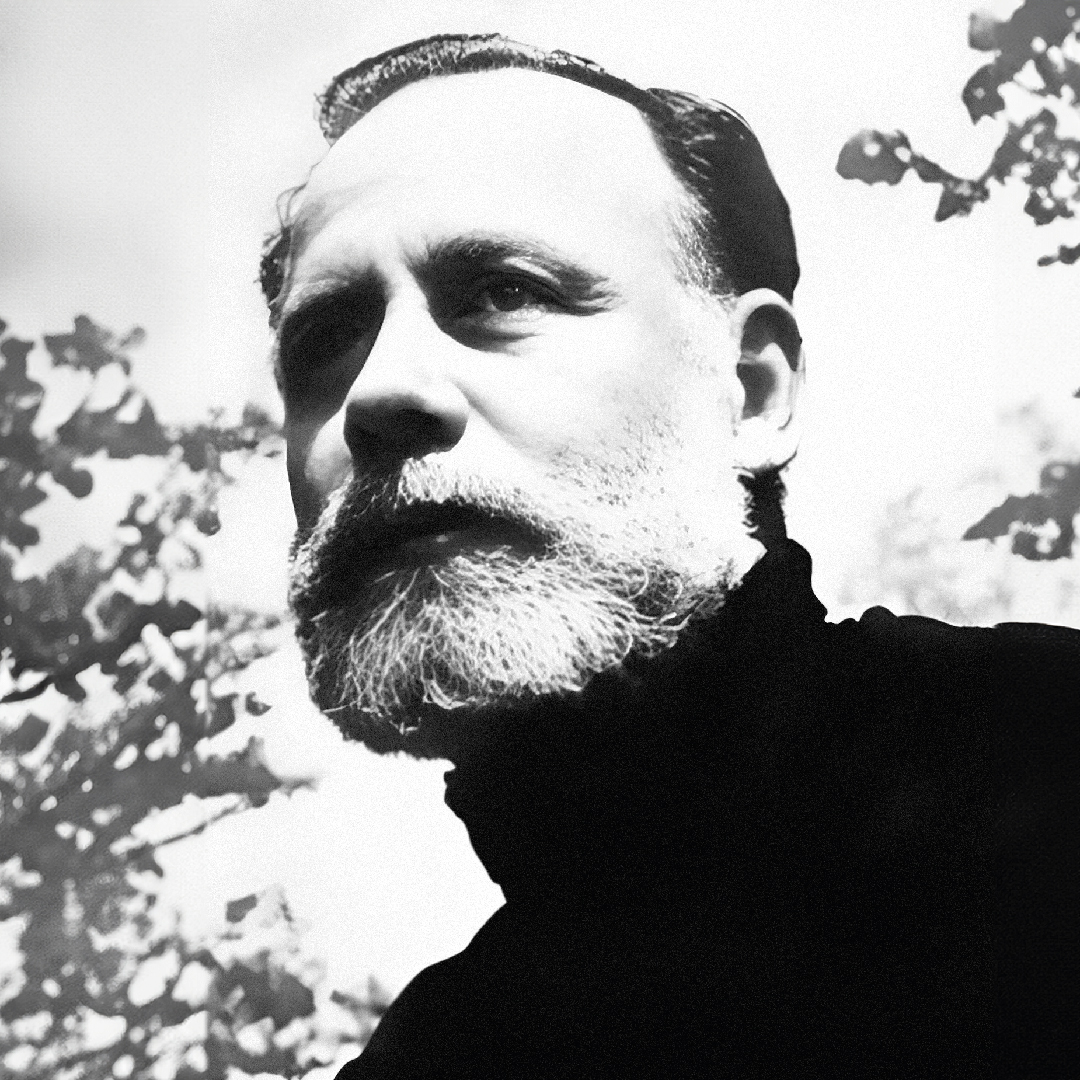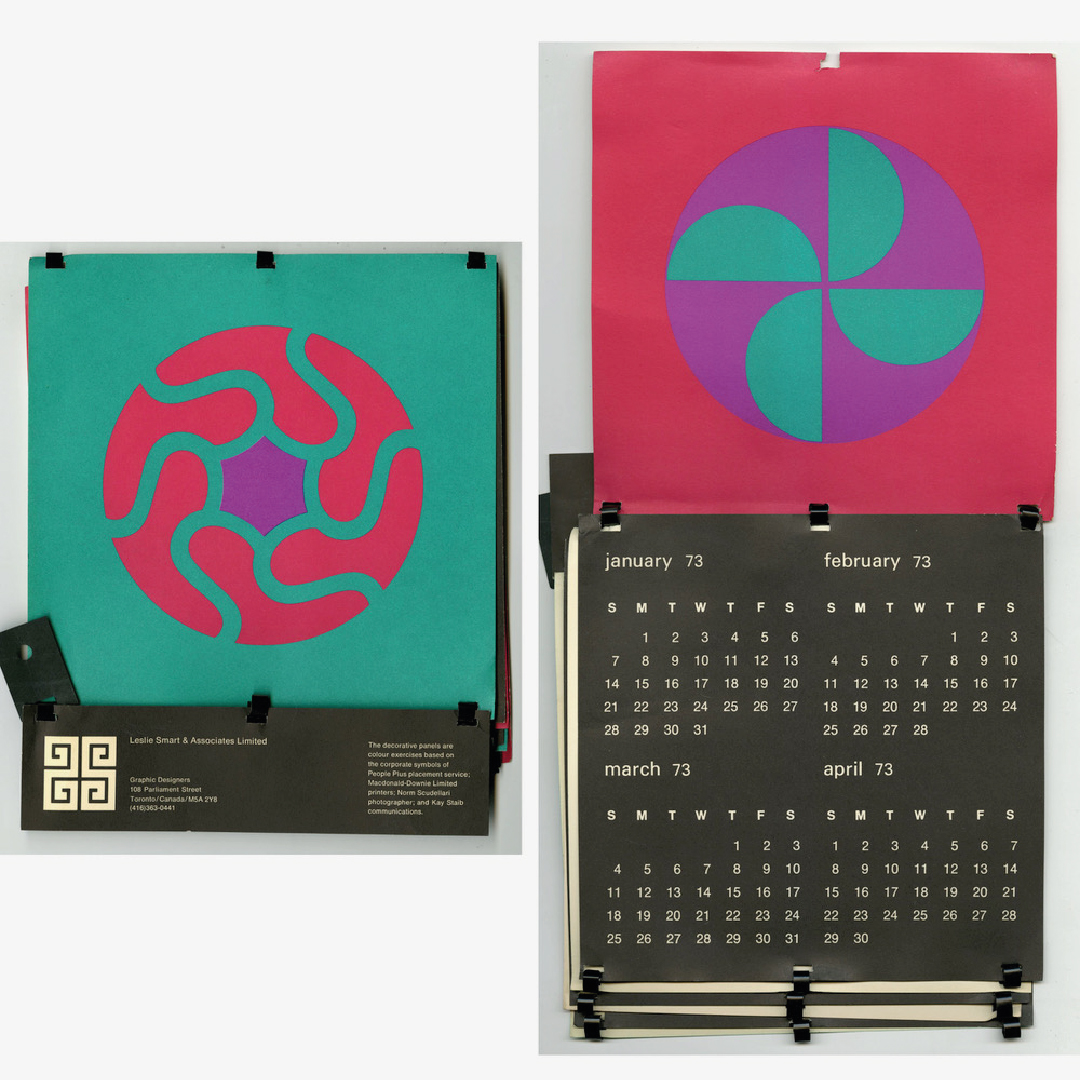

Born in Hampshire, Great Britain in 1921, he studied at the Portsmouth College of Art, later heading the print school there as well as teaching at Southampton College of Art. Serving in the Royal Air Force during the war, he piloted a Spitfire. He developed an interest in North America on a trip to the United States in the late 1940s, and particularly enjoyed the popular design of such things as record covers. The postwar economic depression in Britain again motivated Sam to look abroad, and he came to Canada in 1954.
His initial accommodations were very basic, and Smart recalled that at the time he felt himself to be on a “missionary expedition.” He loved to recount how the The Manchester Guardian wrote at the time that Canadian book design was, “in dullness, second only to the books of the Soviet Union.” Even allowing for literary exaggeration, there can be little doubt that levels of training and professionalism in Canadian printing and typesetting were lower than those he left behind in Britain. It is thanks in part to his impact that this is no longer the case.
In Toronto, he took a job with MonoLino Typesetting, one of the largest type firms in the city, worked as a freelance designer, and spent his evenings teaching type at Ryerson College. Seeking out similar enthusiasts for design led to regular lunches with Frank Newfeld, Frank Davies, and John Gibson, and together they founded the Typographic Designers of Canada. Smart was its first president. His work always typified restraint, refinement, and often humor, and won medals at the prestigious Liepzig International Exhibition of Book Arts: a bronze medal in 1959 for a small personal work which he typeset and printed by hand, the single-fold folio of The Shooting of Dan McGrew by Robert Service; and another bronze medal in 1965, for Old Markets, New World, when Canada took eight awards all together, including 3 for Newfeld.
Beginning in the late 1950s, he wrote a regular column, “Design Workshop,” for Canadian Printer and Publisher. In it, he often argued that form must follow function, and each design must directly reflect its content, product, or service. His only fixed principles were simple: can anything be omitted; are the color and paper choices appropriate; is the layout of type in pleasing arrangements, and so on. His critique of other designers’ work was not always appreciated in the small Toronto design community; his sense of humor and lack of pretension cut against the tendency of professional societies and publications to be overly self-congratulatory or business-oriented
Incorporating himself as Leslie Smart and Associates in 1966, he began to specialize in book design, and received many commissions from William Toye, the influential Editorial Director of the Oxford University Press. Smart has suggested that his career evolved naturally, seemingly without conscious direction. He sought a “Scandinavian” simplicity, seeing the use of intelligent restraint as “good discipline,” even if he later thought it seemed to be “a bloody bore.” But the typographic traditions and training of British publishing were a more direct influence, although he did not have a signature style or approach that one would label as such. If anything, his influence was part of the typical Canadian ambivalence to any specific design doctrines or movements, with a strong British influence moderating the impact of German and Swiss thinking. His 1958 dust jacket and interior designs for The Arts in Canada, for example, are simple and powerful, but with a looser, more intuitive dynamism than the more logical or rigorously grid-based typography which was newly emerging in Europe.
Of the three books produced by the National Film Board to celebrate Expo 67, all were designed by Smart, with photographic selection by Smart and Lorraine Monk. This skillful collaboration is particularly evident in the striking photo essay, Call Them Canadians. “Good taste is a practical thing,” Smart said, “not a spiritual one. If it works, you can read it and it looks pleasing.” In 1975, he was made a member of Royal Canadian Academy of Arts, which had only just begun to admit graphic designers. Smart’s work exemplifies the practical application of traditional knowledge in classically modern ways.
— Brian Donnelly
Sam passed away suddenly on April 3, 1998 at the age of 76.